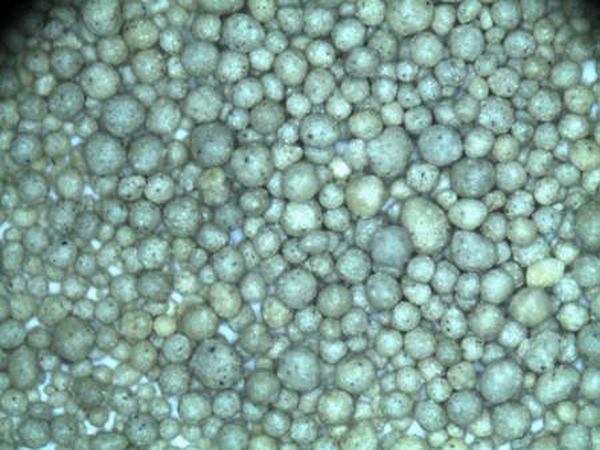How to Sand Small 3D Prints A Step-by-Step Guide
3D printing has opened up new avenues for creativity and innovation, allowing enthusiasts to bring their ideas to life. However, the process does not end once the print is complete; post-processing plays a crucial role in achieving a polished and professional finish. One of the most effective methods of post-processing small 3D prints is sanding. This article will guide you through the process of sanding your 3D prints to perfection.
Understanding the Basics of 3D Prints
Before diving into the sanding process, it's essential to understand the nature of 3D prints. Most small 3D prints are made from plastic materials like PLA, ABS, or PETG. Each material has unique properties and characteristics, affecting how they respond to sanding. For instance, PLA is generally easier to sand compared to ABS, which can melt if heated excessively.
Materials Needed
To effectively sand your 3D prints, you will need the following materials - Sandpaper in various grits (e.g., 100, 220, 400, and 800) - A sanding block or sponge (for flat surfaces) - A soft cloth for dusting - Optional Primer and paint for finishing touches
Step 1 Get Prepared
Start by ensuring your print is clean and free from any loose debris or filament strings. Use a soft cloth to wipe down the surface, as any particles can impede the sanding process. It’s also wise to wear a dust mask and goggles to protect yourself from fine particles that can become airborne during sanding.
Step 2 Choose the Right Grit Sandpaper
Selecting the appropriate grit sandpaper is crucial for effective sanding. Begin with a lower grit sandpaper (around 100) for removing larger imperfections, such as layer lines or support marks. As you progress, move to higher grits (220 and up) for a smoother finish. For delicate areas and finer details, a sponge or sanding block can provide more control and uniformity.
how to sand small 3d prints

Step 3 Sanding Technique
When sanding, apply light pressure and use a circular or back-and-forth motion. Avoid too much pressure, as it can oversand or damage the print. Focus on areas that need the most attention but be careful not to round off sharp details that add character to your model. For small intricate parts, consider using a narrower piece of sandpaper or even emery boards used for nails.
Step 4 Dusting Off
Once you have sanded down the print, use a soft cloth to wipe away the dust. This will help you assess how smooth the surface is and whether you need to sand certain areas further. Dusting is crucial, as it provides a clean surface for any additional finishes you may wish to apply, such as primer and paint.
Step 5 Finishing Touches
After sanding, you may notice that your print still exhibits some imperfections. If desired, you can apply a coat of primer, which can help fill in minor gaps and provide a smooth base for painting. Choose a primer that is compatible with your print material. After the primer dries, lightly sand it with a fine grit sandpaper (around 400 to 800) to prepare your print for painting.
Step 6 Painting (Optional)
If you want to add color to your print, choose a paint that is suitable for plastics. Spray paints designed for plastic will provide smooth coverage. Apply several light coats, allowing each layer to dry completely before adding the next. This technique prevents dripping and ensures a uniform finish.
Conclusion
Sanding small 3D prints can significantly enhance their appearance and make them look more professional. By following these steps—from selecting the right sandpaper to applying finishing touches—you can transform your prints into stunning pieces of art. Remember that patience is key; taking your time will yield the best results. Enjoy the process and let your creativity shine!
Post time:دېكابىر . 26, 2024 07:29
Next:The Process of Sand Casting and Its Techniques Explained
